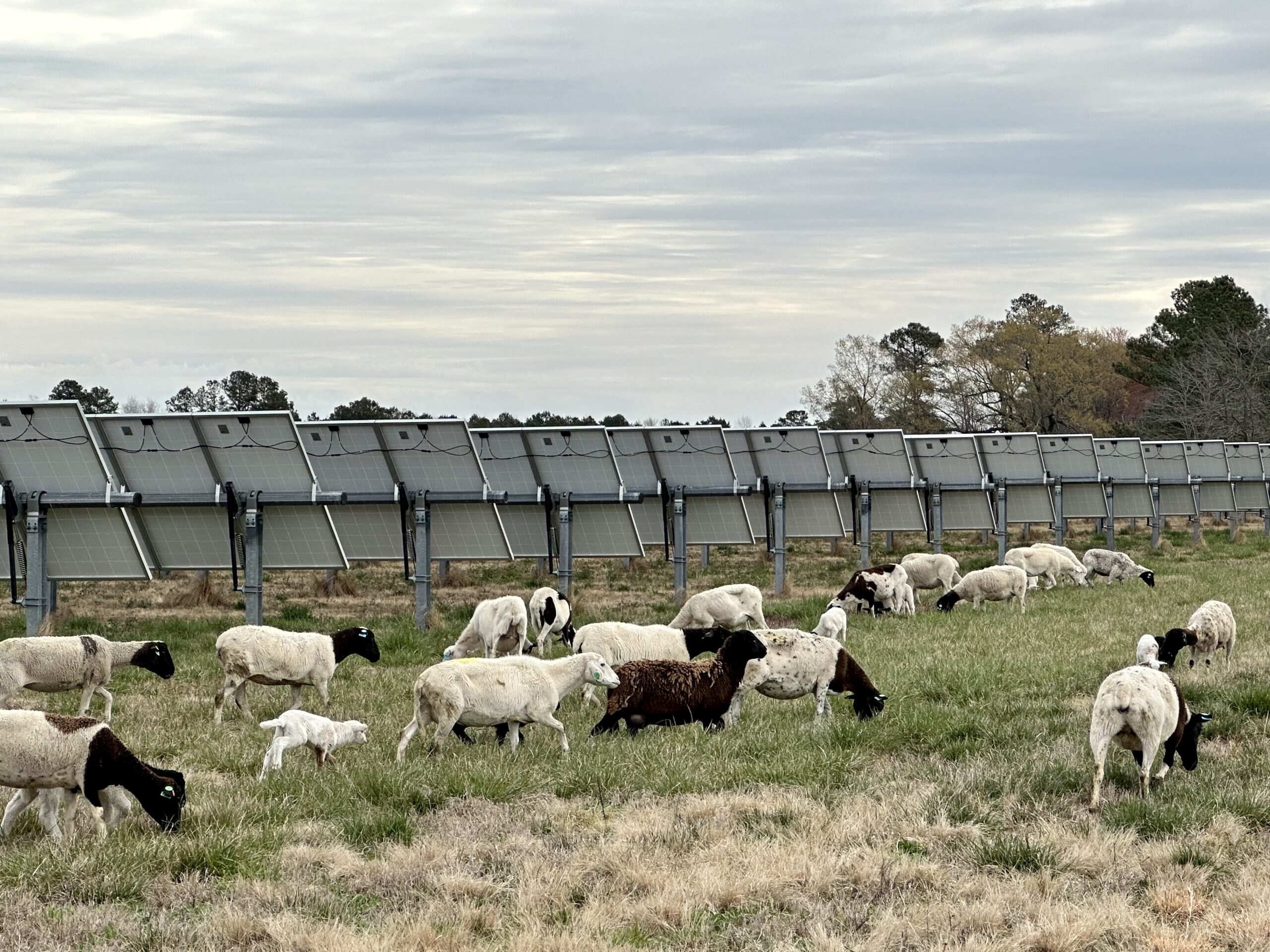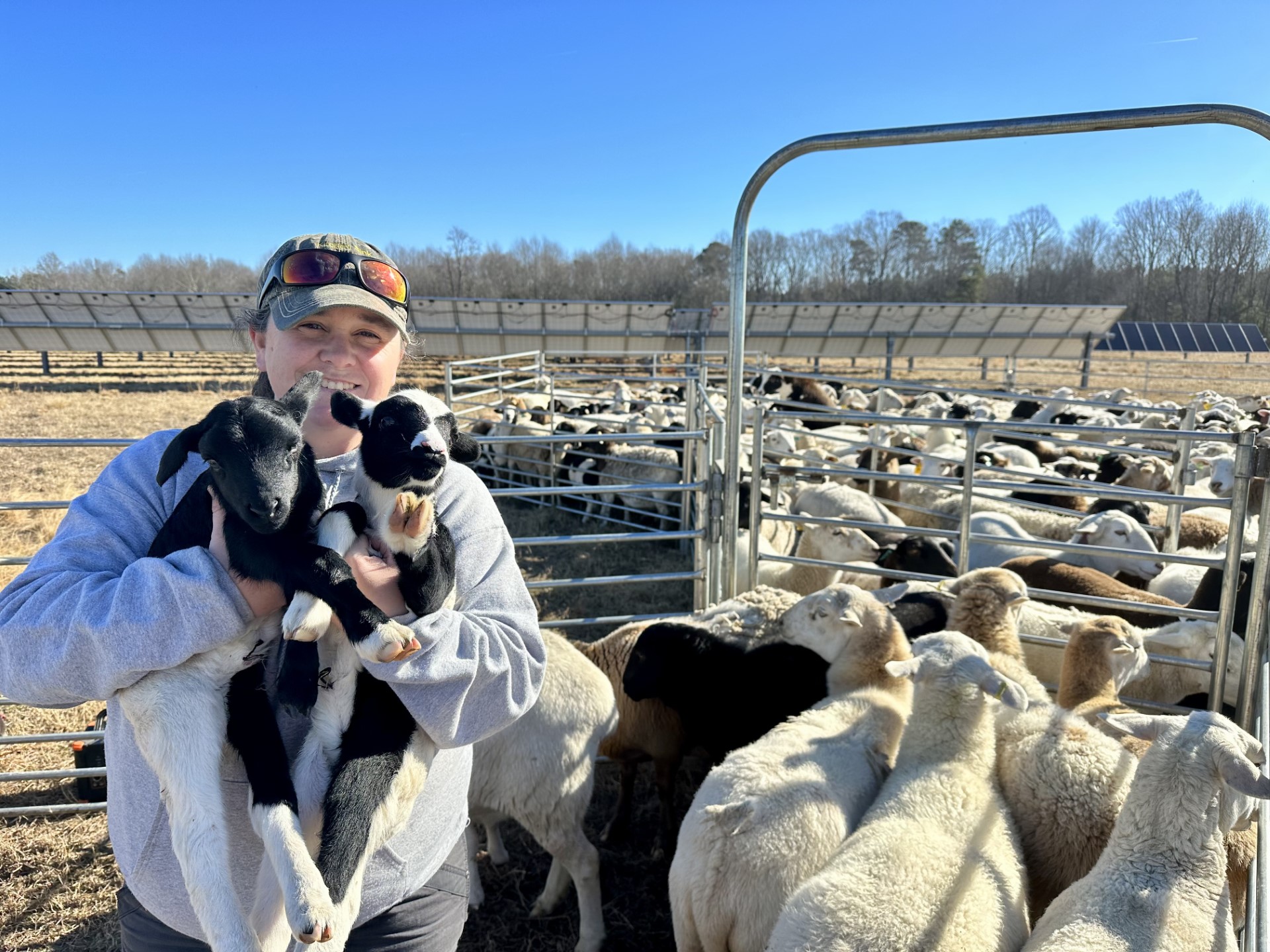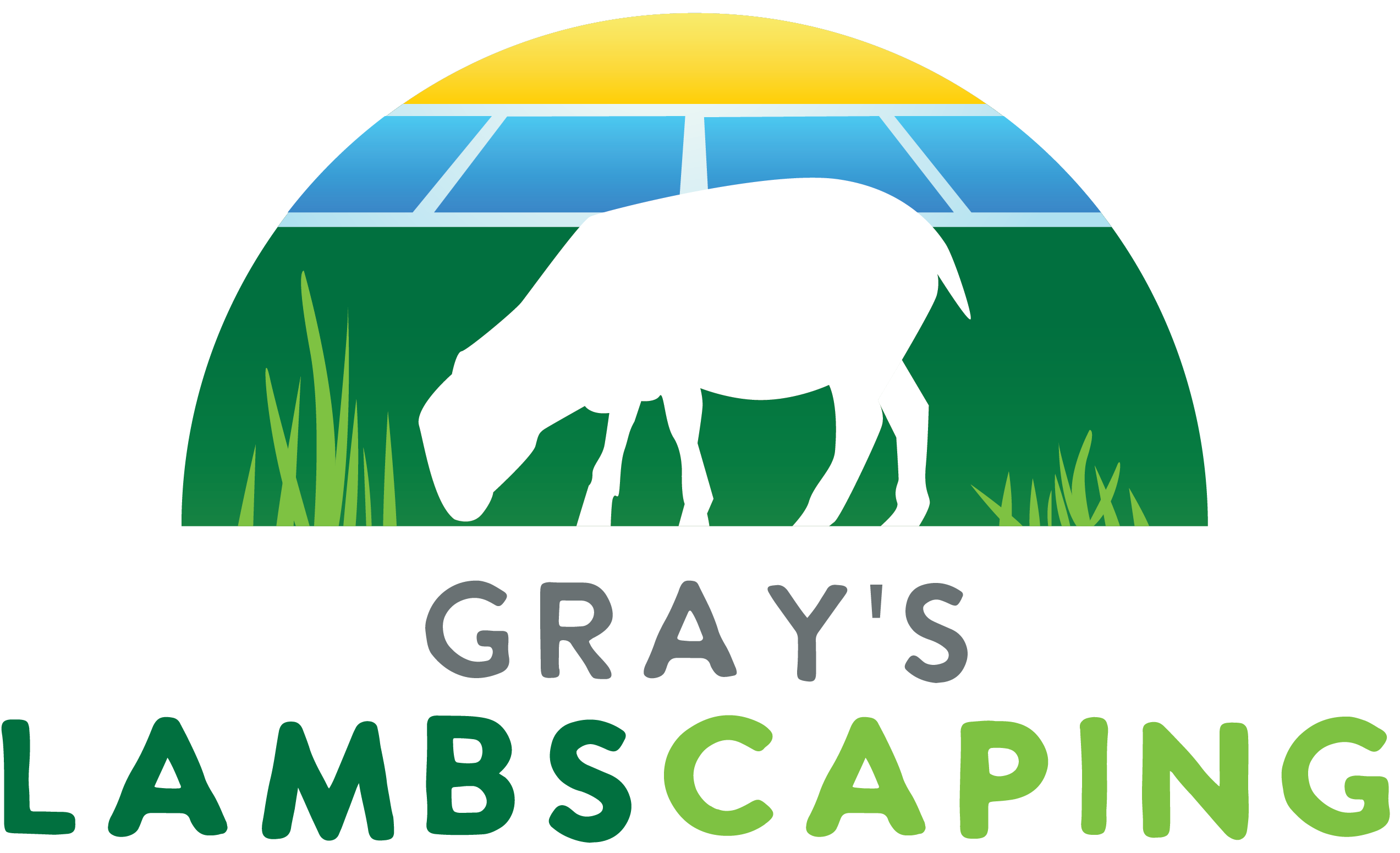Our Solar Grazing Process
By: Jess Gray · Feb. 20, 2024 · 5 min
At Gray’s LAMBscaping, customer success is our top priority. Our comprehensive solar grazing process is designed to seamlessly integrate solar energy and agricultural practices, ensuring optimal outcomes for every project.
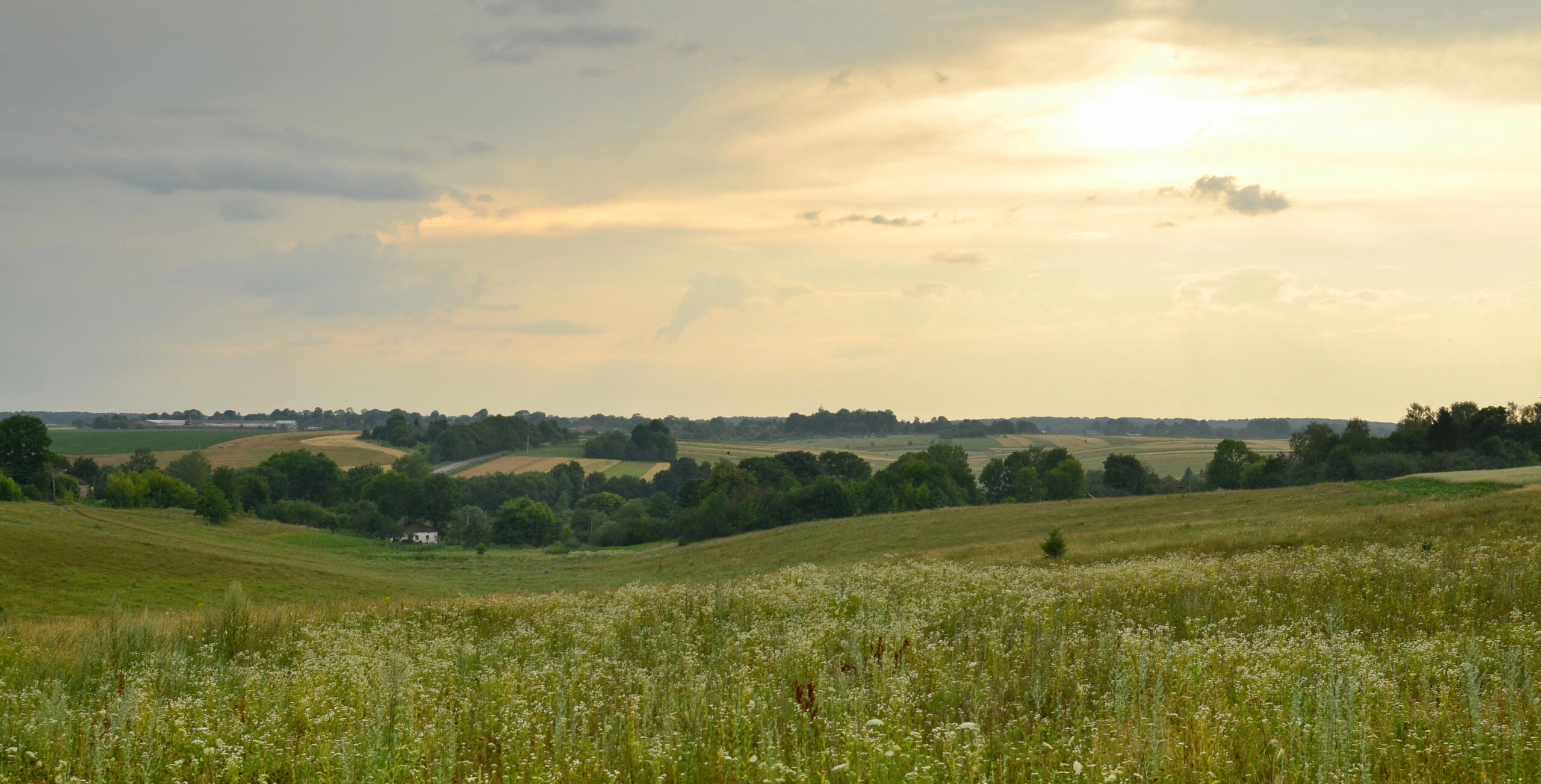
Step 1: Site Aquisition
Step 1: Site Aquisition
Once a site has been acquired for solar development, the next crucial step involves navigating the permitting process. During this phase, solar companies considering grazing services typically contact us for our expertise in community outreach and designing an agrivoltaic site that seamlessly combines solar energy production with agricultural practices. We help educate stakeholders about the numerous benefits of agrivoltaics, helping to improve public perceptions of your solar project. The sooner we can collaborate on your new solar project, the better!
Step 2: Engaging in Community Outreach and Agrivoltaic Design
We support your team in engaging with the community. Simultaneously, we work with you to design an agrivoltaic system that meets energy production goals and supports agricultural activities, considering factors like panel layout, height, and orientation to accommodate farming practices.
Step 3: Consulting on Infrastructure, Compatibility, and Biodiversity
Our role extends to advising on essential infrastructure, such as appropriate fencing to protect solar installations while ensuring animal safety. We assess sheep compatibility with solar infrastructure, offer seeding suggestions for under-panel vegetation, and explore the integration of bees, chickens, or other animals on the site. Additionally, we evaluate the potential for cattle grazing in open spaces or outside fence lines.
Step 4: Continued Local Authority and Community Engagement
We actively participate in meetings and discussions with local authorities and community members, addressing concerns and highlighting the project’s environmental and economic benefits. Our engagement helps foster a positive perception and support for the agrivoltaic initiative.
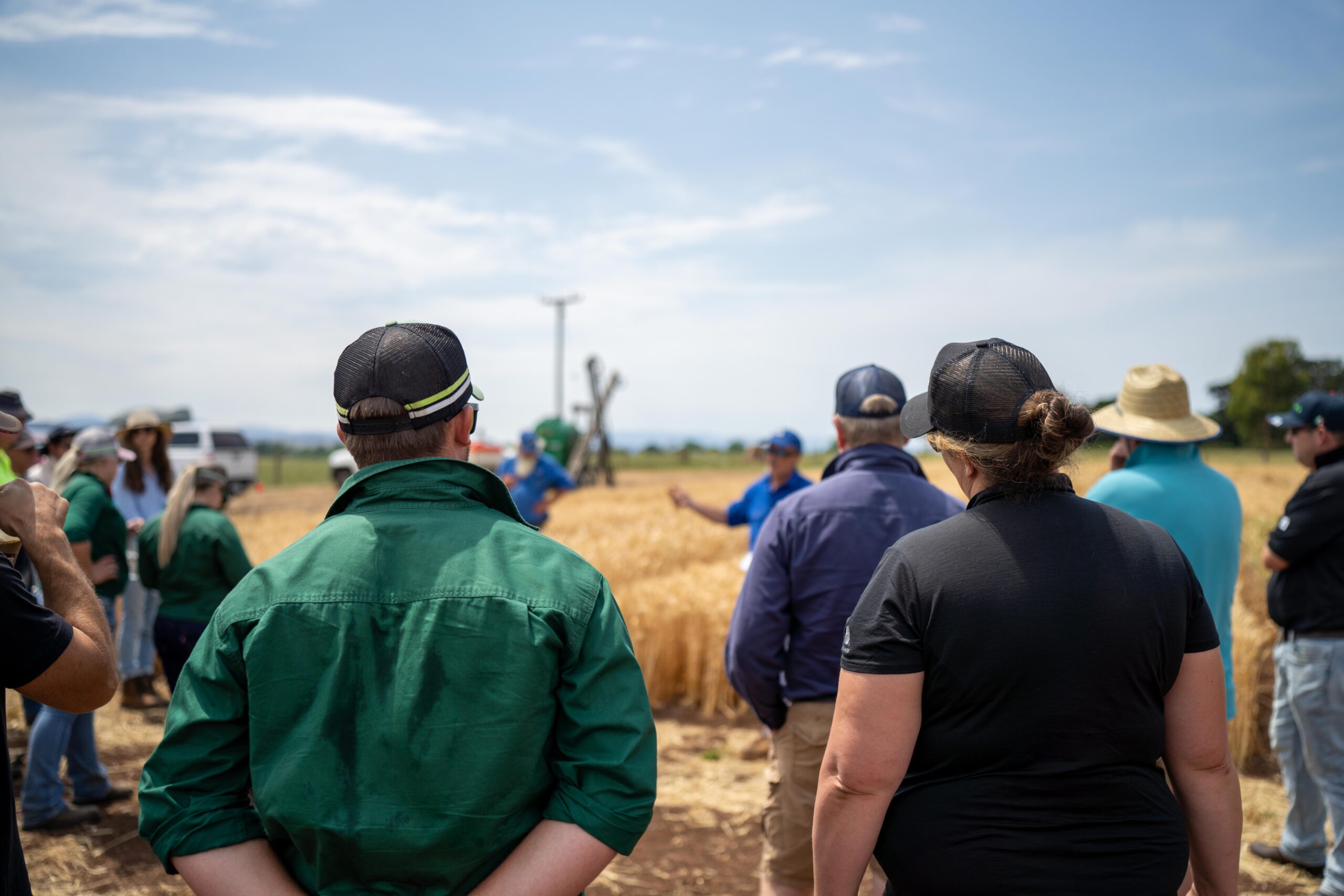
Community Engagement is Vital
Step 5: Oversight During Project Construction
We remain available for site visits as the project transitions into the construction phase. This ensures that development aligns with agreed-upon agrivoltaic principles and that any necessary adjustments to accommodate agricultural activities are identified and implemented promptly.
Step 6: Operational Transition and Introducing Agricultural Elements
As the site nears completion and begins operations, we oversee the detailed planning and introduction of sheep, bees, and any other approved animals to the environment. This stage involves preparing the site to effectively support solar energy production and agricultural operations.
Step 7: Evaluation and Adjustment One Month Post-Operation
A month after the site becomes operational, we conduct a comprehensive evaluation to assess whether the integrated system is functioning. This review focuses on the well-being of the animals, the impact on energy production, and identifying any adjustments needed to enhance the coexistence of solar and agricultural activities.

Reseeding strategies ensure program sustainability
Step 8: Continuous Site Management and Re-Seeding Strategies
Based on our initial evaluation, we plan any necessary re-seeding efforts to ensure the sustainability of vegetation growth beneath the solar panels. We also develop ongoing site management plans to maintain a harmonious balance between energy production and agricultural use, ensuring the long-term success of the agrivoltaic system.
By adopting this holistic and measured approach, we ensure a smooth and productive partnership with our customers, emphasizing sustainability, community engagement, and the efficient integration of agriculture with solar energy production.
About Jess
Jess Gray is the CEO of Gray’s LAMBscaping, LLC, overseeing the company’s financial management, policy development, logistics, and reporting. As a 2023 Nuffield International Agricultural Scholar, Gray has represented her company in over half a dozen countries, focusing her research on integrating solar energy with livestock grazing.
